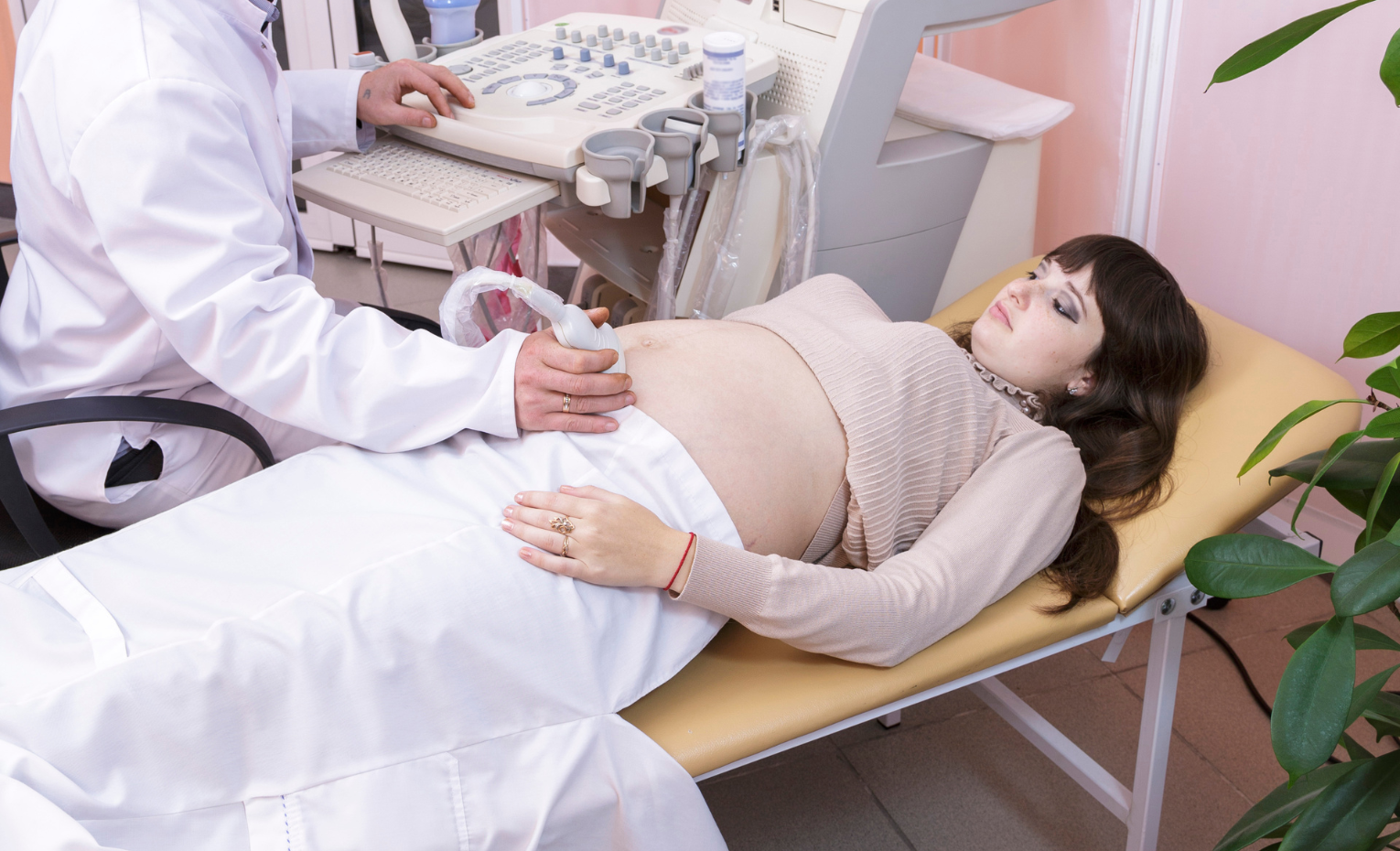A new study in JAMA Network Open finds that over a 10-year period, prenatal use of marijuana increased at a faster rate than the prenatal use of other substances. This study examined data on 367,138 pregnancies between 2009 and 2018 from Kaiser Permanente Northern California health care delivery system. While the prevalence of prenatal nicotine, alcohol, and pharmaceutical opioids use declined over this ten-year period, any prenatal use of marijuana increased 111%.
Further examination of the trends in prenatal marijuana use found that the use of marijuana alone increased 164%. Marijuana polysubstance use, which is the use of marijuana and other substances, observed a different trend. The use of marijuana and one other substance increased 61% while the use of marijuana with two or more substances decreased 11%. Regarding the substance co-used with marijuana, there was a decrease in the co-use of marijuana and nicotine and an increase in the co-use of marijuana and alcohol, marijuana and stimulants, and marijuana and illicit or unauthorized pharmaceutical opioids.
Considering the data was collected early in their pregnancy (screened for substance use during first prenatal visit at about 8 weeks), these findings highlight an urgent need of a public health campaign dedicated to educating pregnant women and women of child-bearing age on the harms associated with marijuana use to counter the fallacies that marijuana is safe and can treat pregnancy related ailments such as morning sickness. Further, the declining trends observed for nicotine, alcohol, and pharmaceutical opioids suggest women may be turning to marijuana under the false premise that it is a medicine and safer to use than other substances. Thus, incorporating training and education for healthcare providers into such a campaign is warranted so they can provide accurate information to their patients for the welfare of children and families.
Reference: Young-Wolff KC, Sarovar V, Tucker L, et al. Trends in Cannabis Polysubstance Use During Early Pregnancy Among Patients in a Large Health Care System in Northern California. JAMA Network Open. 2022;5(6):e2215418. doi:10.1001/jamanetworkopen.2022.15418






